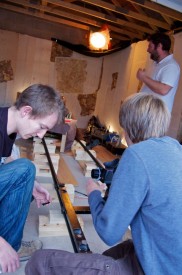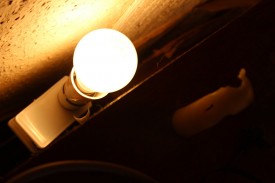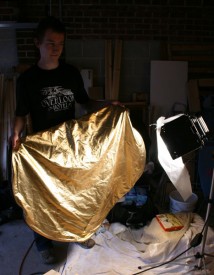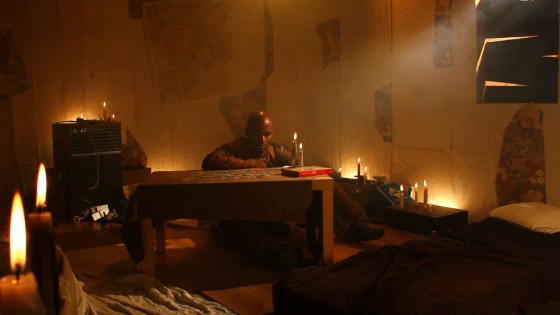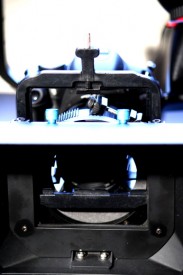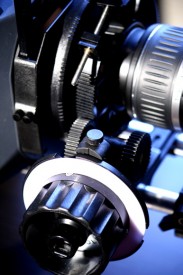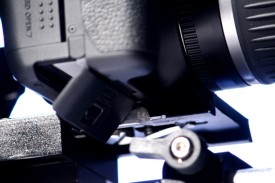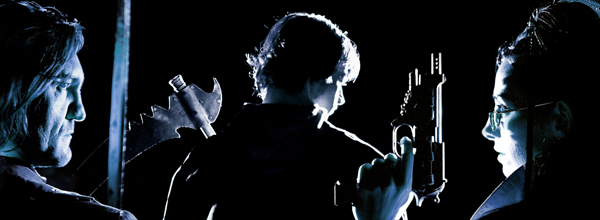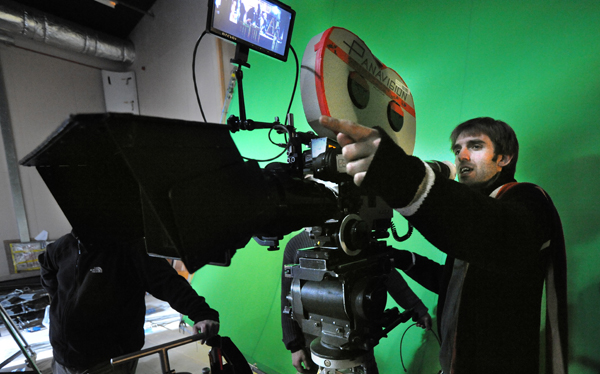
When you’re lighting without a budget, sometimes you have to press some very random objects into service. Yesterday I used a towel, a t-shirt and a hot tub cover to light a scene.
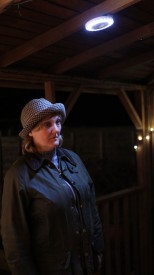
I was working on Patrick Coyle’s hilarious comedy feature Field Trip, which he was bravely attempting to shoot in just four days. (Sadly he didn’t succeed in that timeframe and another couple of days will be needed.) The style was documentary-esque, a la The Office, with everything to be shot using available light. But occasionally we were forced to add more light in order to expose an image; such was the case when shooting around a hot tub in a garden at night. Of course the light had to be soft and flat to match with other scenes that weren’t artificially lit.
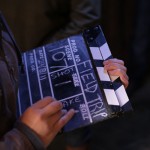
The problem was that we only had one redhead. No reflectors, no flags, no polecats, no c-stands, not even any gels or diffuser. I noticed that the cover for the hot tub was cream on the underside, and could see its potential for bouncing light, but couldn’t see a way of rigging it up. After much head-scratching, at the suggestion of lead actor Tony Streeter we propped up the cover against one corner of the hot tub’s shelter and I aimed the redhead at it, throwing a large amount of soft light back towards the tub.
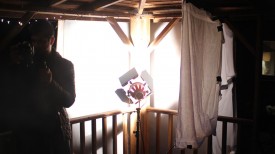
Then we needed to flag off some of this light to prevent it from blowing out one side of a character’s face when she was standing at the entrance. Being a hoopy kind of frood, the hot tub’s owner knew where his towel was, and had lent it to us along with an old t-shirt when we were experimenting earlier with makeshift diffusers. I now realised both these unlikely fabrics could be used as flags. With an LED camping light gaffered to the ceiling to add an extra spot of brightness, some Christmas lights for a bit of sparkle and some fast lenses on the cameras, the set-up was complete.
I’d advise any filmmaker to take as much kit as they possibly can wherever they go, but if you can’t, be prepared to use anything that comes to hand in the service of cinema.
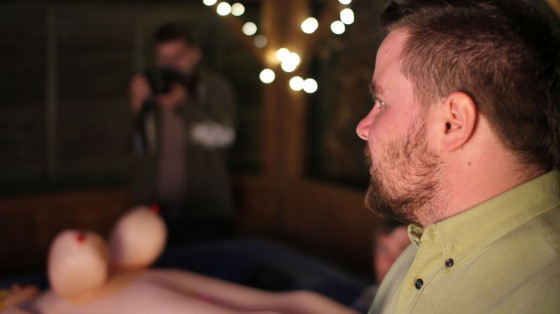
More from the Field Trip shoot next time, when I’ll talk about what I learnt from four intense days of working with my new Canon 600D HDSLR and the Pro Aim shoulder rig.
